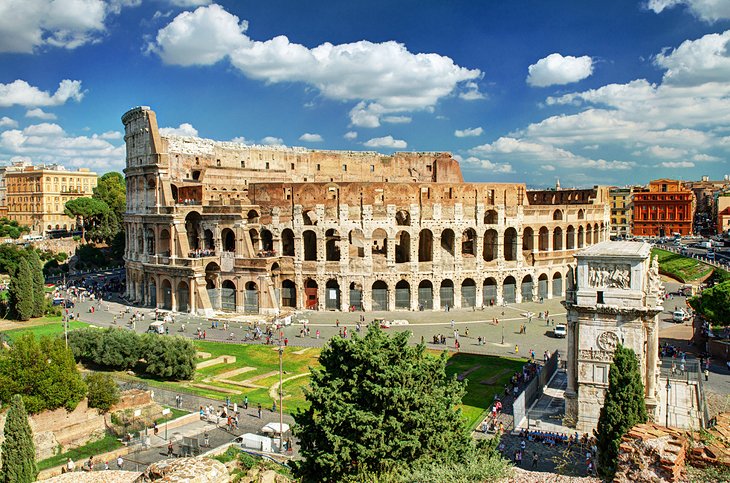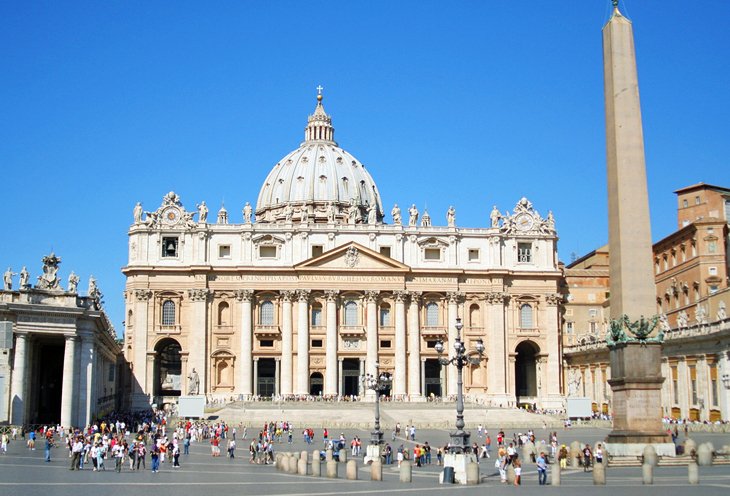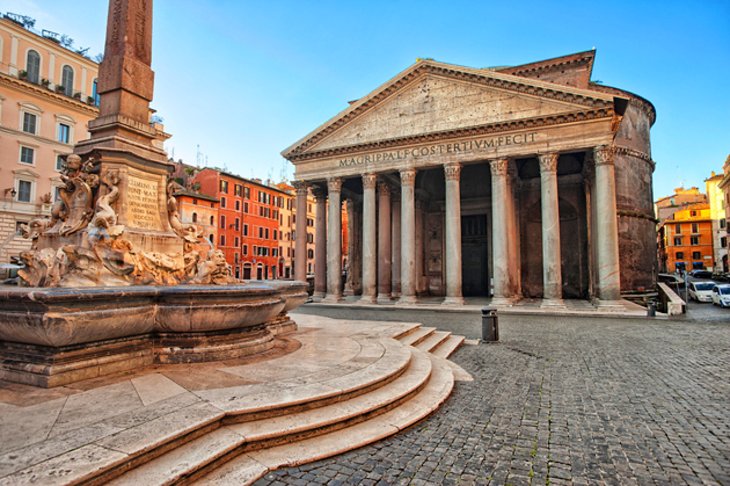Rome is the capital city and a special comune of Italy and the capital of Lazio region. Its population is 2,860,009 and is the third most populated city of the European Union. Italy is a beauty in itself but when it comes to the cities then Rome is one of most beautiful city of Italy. Rome is a ancient city with embedded beauty. Rome has a great history. Many researches are working in Rome to discover ancient speicies and finding ancient objects. Many people goes there to see historic places which have its own significance. Many documentaries have been made in Rome. These documentaries are meant to provide ancient knowledge to the people. There are many secrets burried in Rome from which many have not been discovered yet. Researchers and scientists are finding ways to discover hidden stories of Rome. Rome is one of the oldest cities of Europe. Rome is the most famous destination for the tourists. Many movies are filmed in Rome.
As of 2020, Rome is ranked as an Alpha global city by the Globalization and World Cities Research Network. In 2019, Rome was the 11th
most visited city in the world, third most visited in the European Union, and the most popular tourist
destination in Italy.Its historic centre is
listed by UNESCO as a World Heritage Site. Host city for the 1960 Summer Olympics, Rome is also the seat of
several specialised agencies of the United Nations, such as the Food and Agriculture Organization (FAO), the World Food Programme (WFP) and the International Fund for Agricultural Development (IFAD). The city also
hosts the Secretariat of the Parliamentary Assembly of the Union for the Mediterranean (UfM) as well as the
headquarters of many international business companies such as Eni, Enel, TIM, Leonardo S.p.A., and national and international banks such as Unicredit and BNL. Rome's EUR business district is the home of many companies involved in the oil
industry, the pharmaceutical industry, and financial services. The presence of
renowned international brands in the city have made Rome an important centre of
fashion and design, and the Cinecittà Studios have been the set of
many Academy Award–winning movies.

\
1. The Colosseum and the Arch of ConstantineAs the Eiffel Tower is to Paris, the silhouette of the Flavian Amphitheatre is to Rome. The largest structure left to us by Roman antiquity, the Colosseum still provides the model for sports arenas - present day football stadium design is clearly based on this oval Roman plan. The building was begun by Vespasian in AD 72, and after his son Titus enlarged it by adding the fourth story, it was inaugurated in the year AD 80 with a series of splendid games. The Colosseum was large enough for theatrical performances, festivals, circuses, or games, which the Imperial Court and high officials watched from the lowest level, aristocratic Roman families on the second, the populace on the third and fourth. Beside the Colosseum stands the almost equally familiar Arch of Constantine, a triumphal arch erected by the Senate to honor the emperor as "liberator of the city and bringer of peace" after his victory in the battle of the Milvian Bridge in 312. Lines are long and move slowly, so you can save time.

2. Vatican City
The Vatican is the smallest independent state in the world, with an area of less than half a square kilometer, most of it enclosed by the Vatican walls. Inside are the Vatican palace and gardens, St. Peter's Basilica, and St. Peter's Square, an area ruled by the Pope, supreme head of the Roman Catholic Church. This compact space offers much for tourists to see, between its museums and the great basilica itself. Inside St. Peter's Basilica is Michelangelo's masterpiece, Pieta, along with statuary and altars by Bernini and others. The unquestioned highlight of the Vatican museums is the Sistine Chapel, whose magnificent frescoed ceiling is Michelangelo's most famous work. Inside the Vatican Palace are the Raphael Rooms, the Borgia Apartments, the Vatican Library, and a number of museums that include the Picture Gallery, Museum of Secular Art, Etruscan Museum, and others. The collections you can see in these cover everything from papal coaches to 20th-century art reflecting religious themes. Ticket lines for the Vatican's top attractions are incredibly long, and you can spend several hours waiting in line. To save time, purchase a tour in advance. This three-hour tour allows you to bypass the long lines and walk straight into the museums with a knowledgeable guide. Headsets are provided, and you can choose from several different departure times or upgrade to an evening or small-group tour.

3. The Pantheon
The Pantheon - the best preserved monument of Roman antiquity - is remarkably intact for its 2000 years. This is despite the fact that Pope Gregory III removed the gilded bronze roof tiles, and Pope Urban VIII ordered its bronze roof stripped and melted down to cast the canopy over the altar in St. Peter's and cannons for Castel Sant'Angelo. The Pantheon was rebuilt after damage by fire in AD 80, and the resulting brickwork shows the extraordinarily high technical mastery of Roman builders. Its 43-meter dome, the supreme achievement of Roman interior architecture, hangs suspended without visible supports - these are well hidden inside the walls - and its nine-meter central opening is the building's only light source. The harmonious effect of the interior is a result of its proportions: the height is the same as the diameter. Although the first Christian emperors forbade using this pagan temple for worship, in 609 Pope Boniface IV dedicated it to the Virgin and all the Christian martyrs, and since then, it has become the burial place of Italian kings (Victor Emmanuel II is in the second niche on the right) and other famous Italians, including the painter Raphael.






Comments
Post a Comment